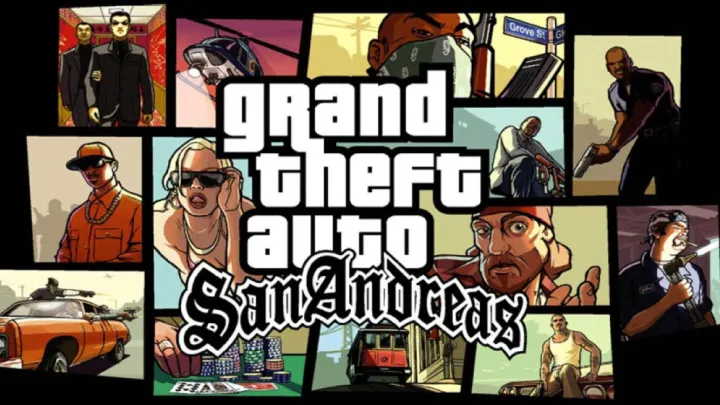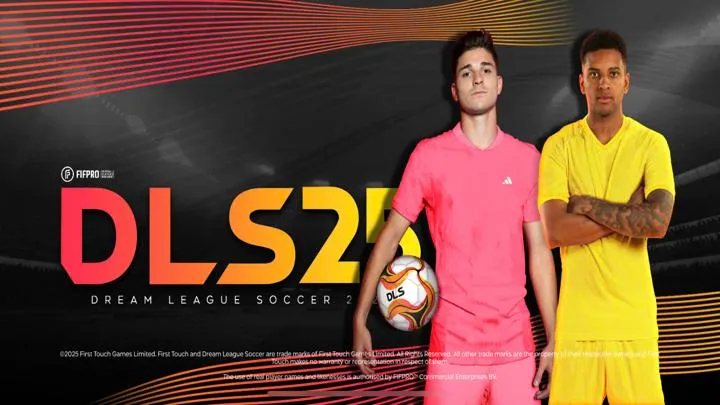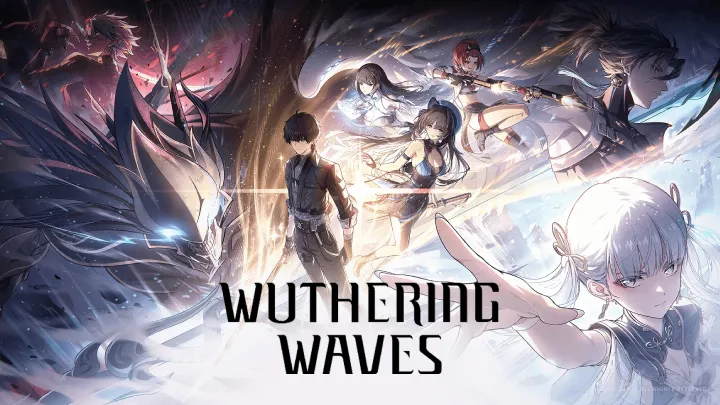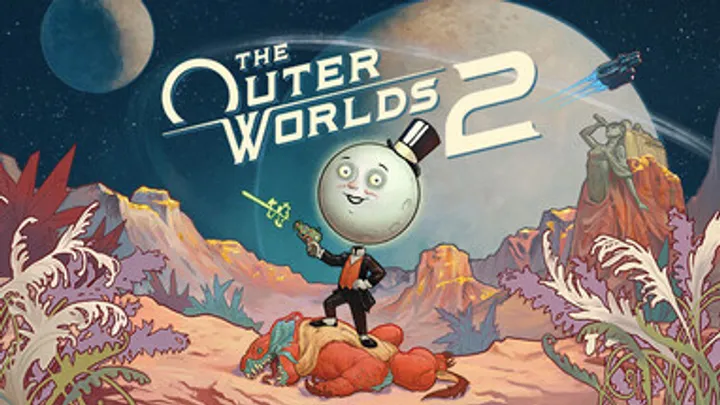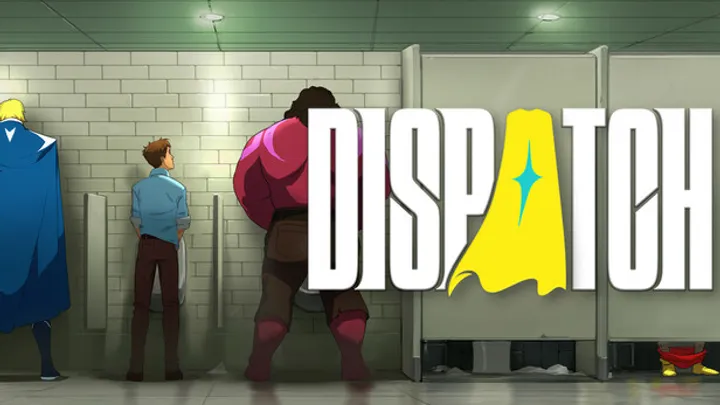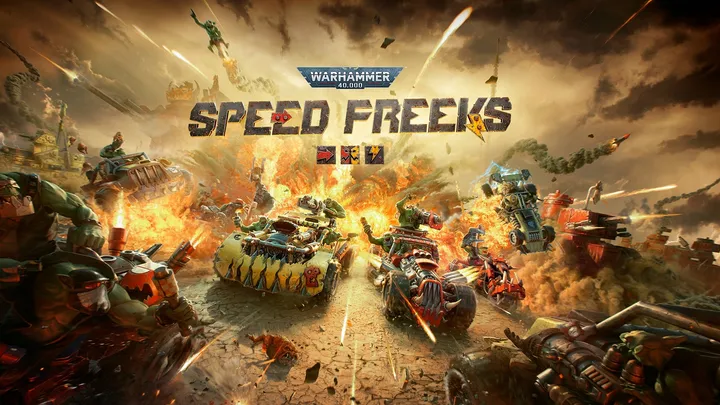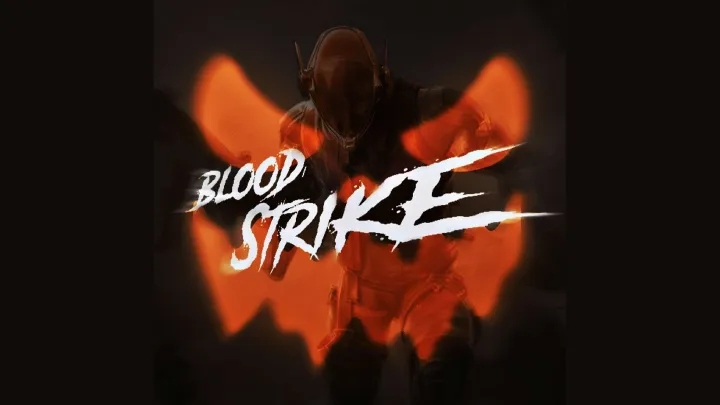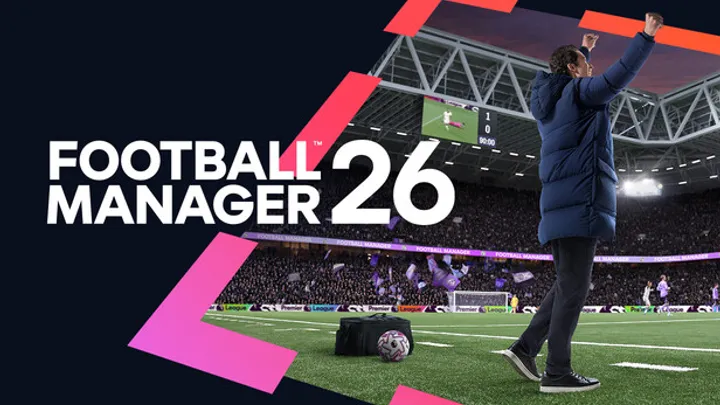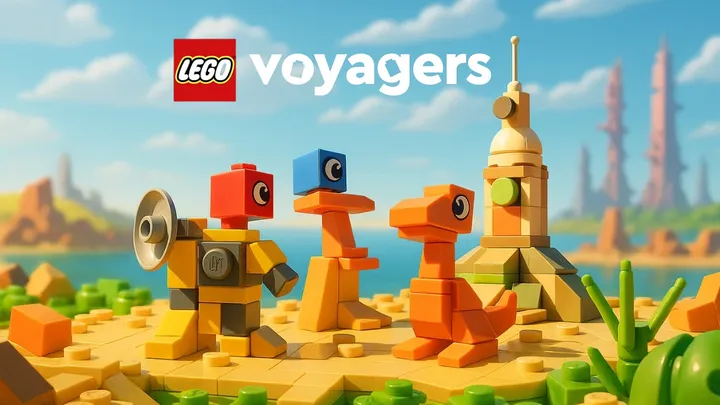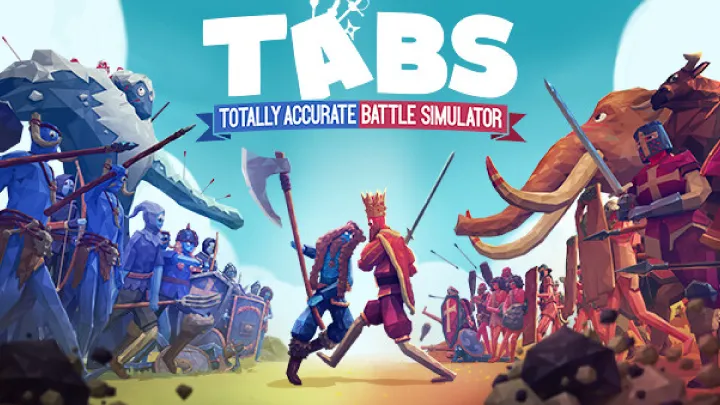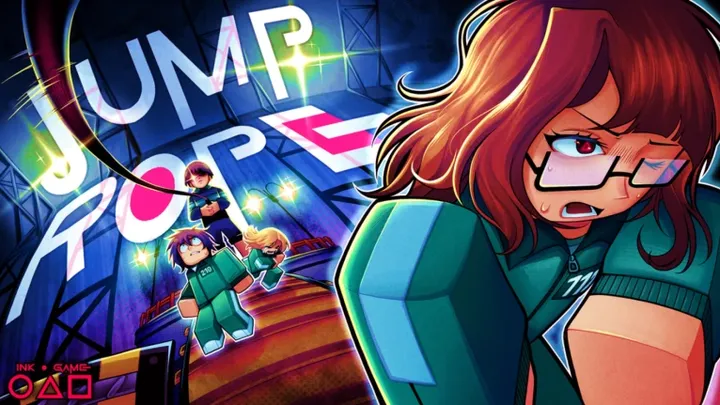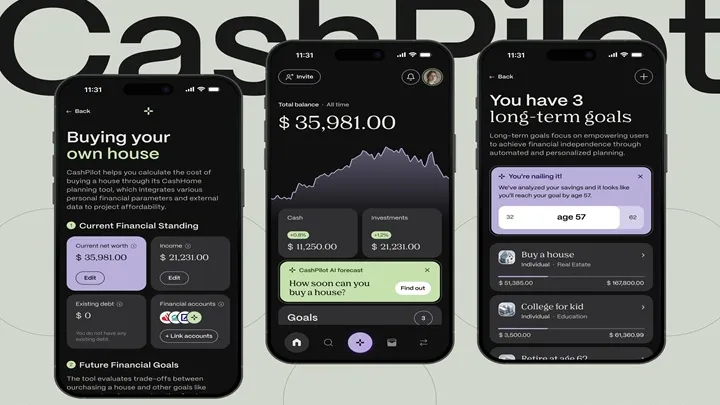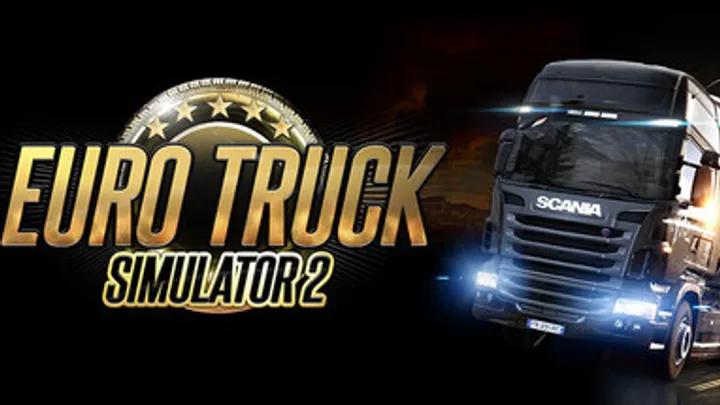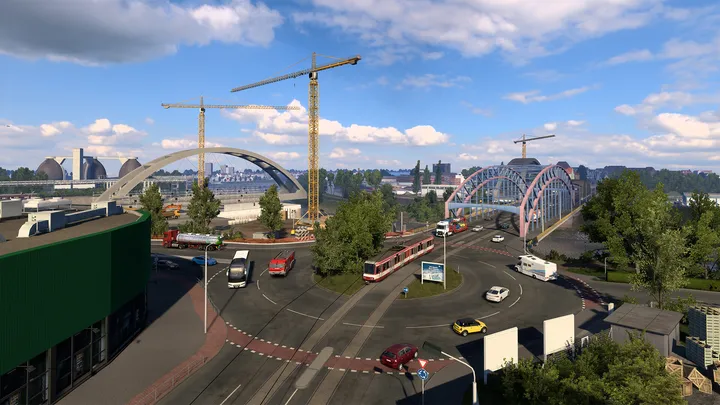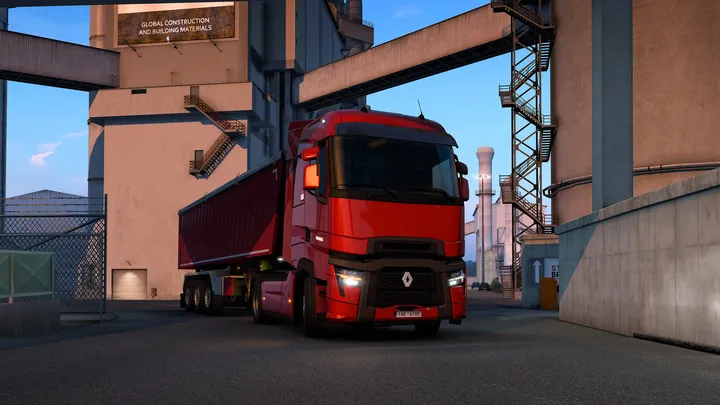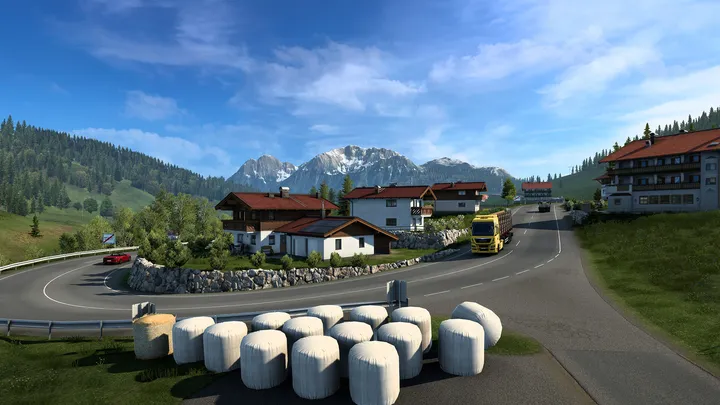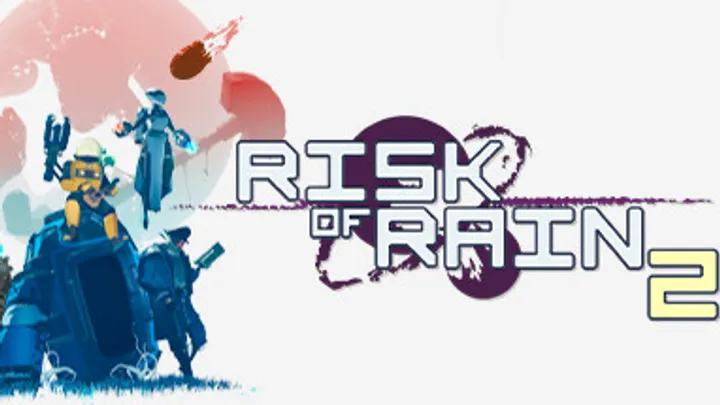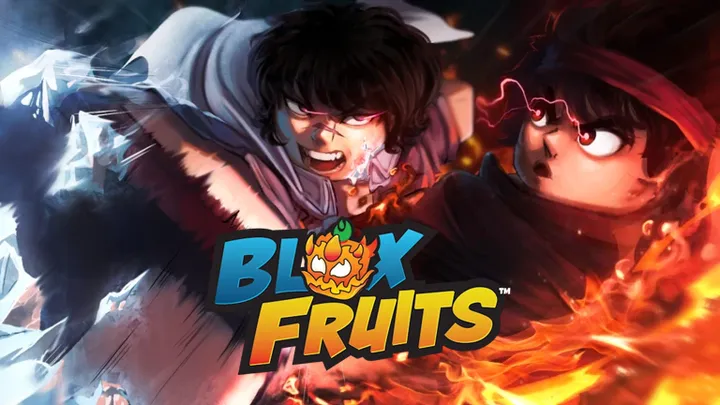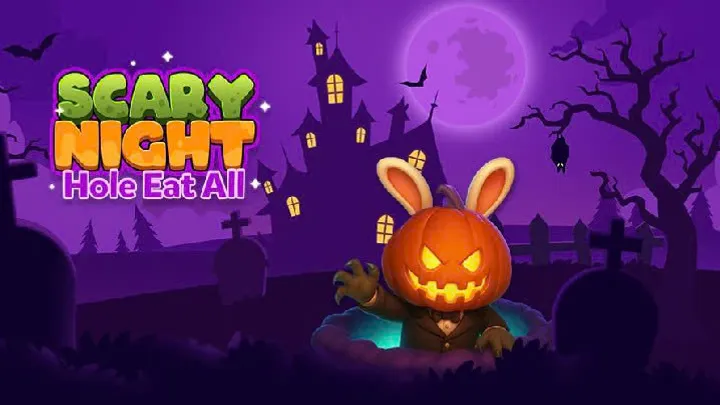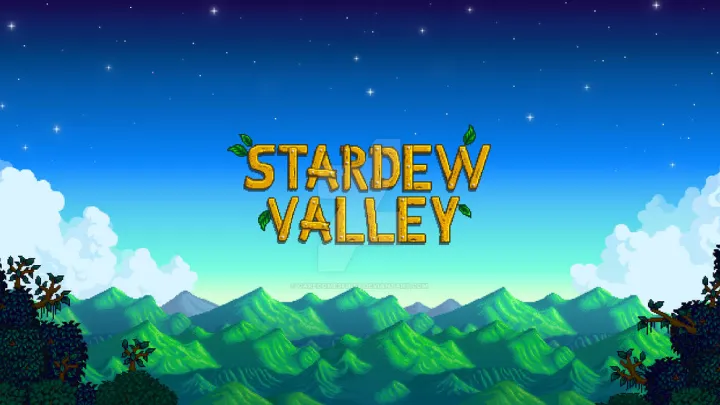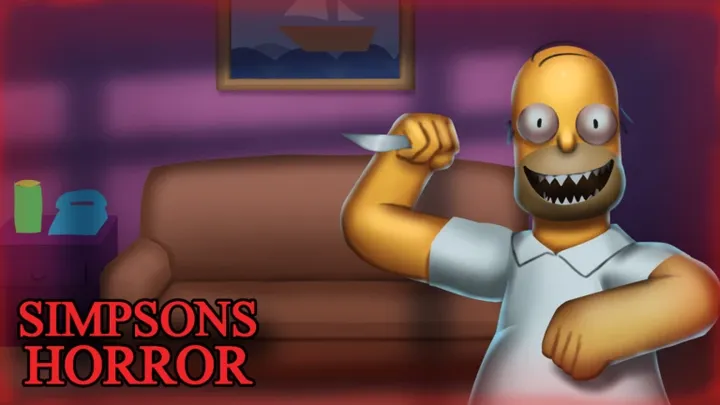Introduction
Developed by Supercell (the studio behind Clash of Clans and Clash Royale), Brawl Stars launched globally in 2018 and quickly became one of the most popular mobile multiplayer titles worldwide. Unlike Supercell’s strategy-driven legacy games, Brawl Stars focuses on fast-paced, top-down action combat in short, bite-sized matches. Its combination of accessible gameplay, hero-based mechanics, and a highly social environment has positioned it as a unique hybrid: part hero shooter, part MOBA-lite, and part party game.
Core Gameplay Loop
- Match Length: Quick, action-packed matches usually last 2–3 minutes, optimized for mobile play.
- Perspective & Controls: Played from a top-down twin-stick shooter perspective, players control movement with the left stick and aiming/shooting with the right.
- Brawlers: The game’s roster of characters (over 70 and growing) each have unique attacks, gadgets, star powers, and supers, defining their role in battle.
- Variety of Modes: Core modes include Gem Grab, Showdown (solo/duo battle royale), Brawl Ball (soccer-style), Heist, Bounty, and Siege, with rotating limited-time events and seasonal game modes.
Brawler Diversity & Progression
- Character Classes: Brawlers fall into different archetypes:
- Damage Dealers: Burst-heavy fighters (Colt, Shelly, Piper).
- Tanks: High health, short-range bruisers (El Primo, Bull).
- Supports/Healers: Characters like Poco and Byron.
- Controllers: Area denial brawlers with zoning abilities (Spike, Barley).
- Progression System: Unlocking new brawlers and leveling them up requires coins, power points, and upgrade resources.
- Customization: Star Powers and Gadgets unlock later to add depth and counterplay, though availability often depends on grind or monetization.
Game Modes & Competitive Depth
- Gem Grab (3v3): The flagship mode where teams fight to control gems spawning in the center.
- Showdown: A battle royale mode (solo or duo) that emphasizes survival and map control.
- Brawl Ball: A fan-favorite mode blending MOBA tactics with soccer mechanics.
- Heist & Bounty: Objective-driven modes focused on base destruction or point accumulation.
- Power League (Ranked): Introduces drafts, bans, and higher-level strategy, serving as the core competitive mode.
Esports & Competitive Scene
- Brawl Stars Championship: Supercell organizes official tournaments, with global qualifiers leading to the World Finals.
- Format: Fast-paced matches and character drafts make it highly spectator-friendly.
- Community Involvement: Esports thrives particularly in Europe, Latin America, and Asia, though it has yet to break into the top tier of global esports.
Monetization & Economy
- Free-to-Play Model: Accessible to all players but heavily monetized through cosmetics, brawler unlocks, and progression boosters.
- Brawl Pass: Seasonal system offering exclusive skins, resources, and guaranteed brawler unlocks.
- Gacha Elements: Randomized unlocks frustrate some players, though Supercell has gradually reworked reward structures to be more transparent.
Strengths
- Fast, Accessible Gameplay: Matches are short and highly replayable.
- Strong Character Identity: Each brawler feels unique, encouraging experimentation.
- Mode Variety: Constant rotation prevents monotony.
- Esports Viability: Competitive draft and ban system adds strategic depth.
- Polished Presentation: Cartoonish art style, sound effects, and animations fit a wide audience.
Weaknesses
- Progression Grind: Unlocking and maxing brawlers requires significant time or spending.
- Balance Issues: Frequent patches are needed to keep the large roster balanced.
- Matchmaking Frustrations: Casual players often face power-creep disadvantages against high-level opponents.
- Reliance on Team Play: Some modes are less fun without coordinated teammates.
- Monetization Pressure: Certain exclusive skins and passes drive a sense of FOMO.
Community & Cultural Impact
- Streaming & Content Creation: Brawl Stars has a strong presence on YouTube and Twitch, with strategy guides, challenge runs, and esports content thriving.
- Global Appeal: The game is popular across Europe, Asia, and Latin America, particularly among younger audiences.
- Casual vs. Competitive Split: Some players treat it as a party game, while others embrace ranked and esports, creating a wide cultural footprint.
Final Verdict
Brawl Stars is a prime example of how to design a mobile-first competitive game that remains fun in both casual and hardcore contexts. Its fast-paced matches, diverse character roster, and rotating game modes keep the experience fresh, while its esports scene adds legitimacy to its competitive potential. However, aggressive monetization and grind-heavy progression can frustrate players, particularly those unwilling to spend.















































